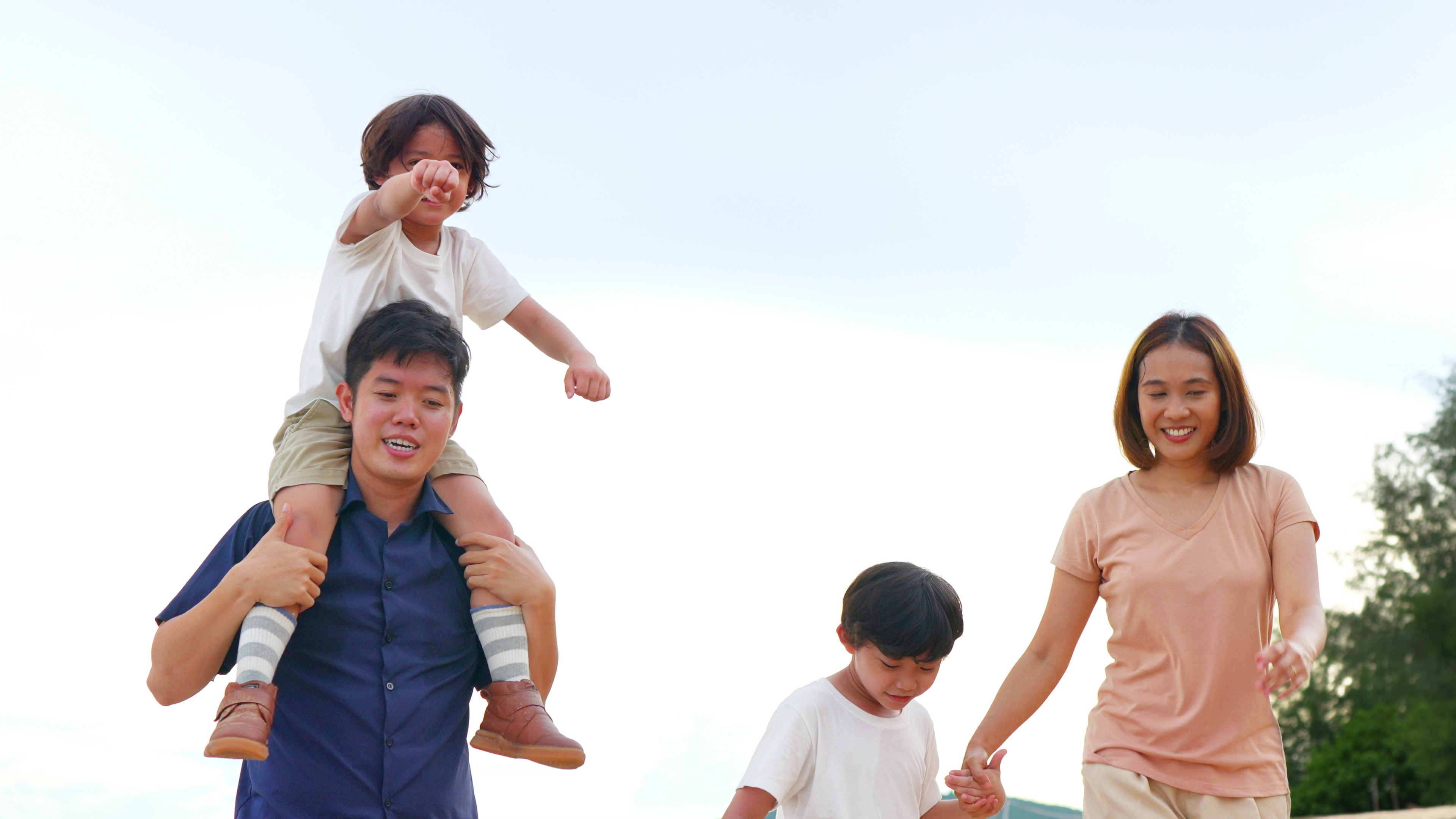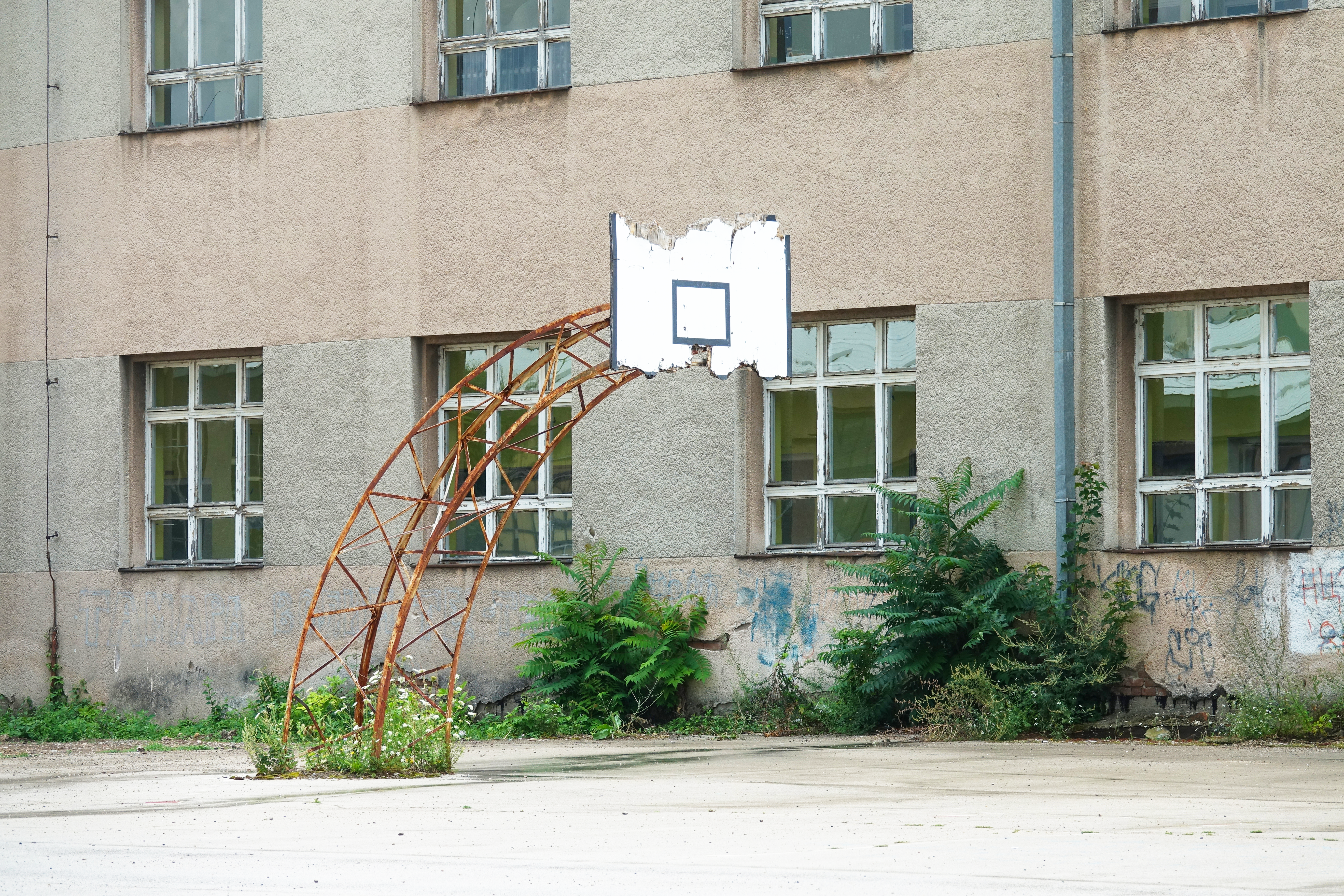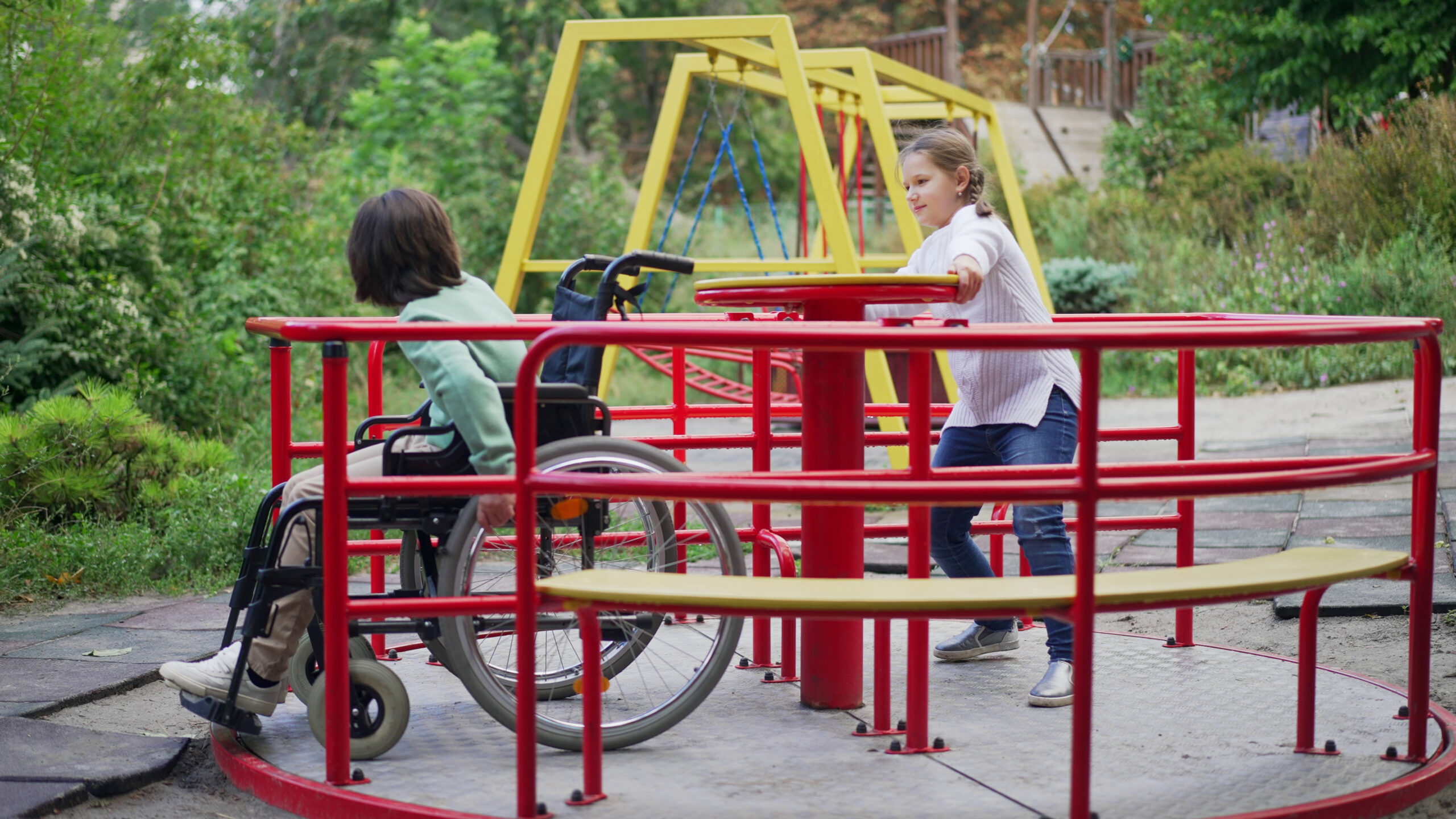The content below is part of the Families Getting Active Report, which reflects the voices of equity-deserving families across BC who especially benefit from targeted, community-informed supports for participating in physical activity. Learn more about this project here.
Families impacted by low income shared an understanding of the value of physical activity, including as an opportunity for community connection and learning from positive role models. Many of the barriers to physical activity that they reported were also raised by other focus groups, such as overwhelming eligibility forms, inflexible activity schedules, and a lack of diversity in offered programs. The families also spoke about facing other issues such as transportation, lack of childcare, and funding or subsidies that don’t pay for the programs or the required gear.
These families appreciate programs and facilities that allow families to participate in activities together, including fitness centres and gyms that offer family classes and packages, as they allow parents to be active with their children.
In addition to family gym nights, families impacted by low income recommended focused physical activity times for teens and older youth, and flexible program and facility hours to accommodate different schedules.

Recommendations:
Recommendation: Foster better information access.
Create a centralized accessible information hub for available programs and supports. Also, more support should be given to newcomers to help them access information about activities and support from government, schools, and other nonprofit and private organizations.
“I’d like to get a PhD for the amount of searching and resourcing… the stress makes all of my conditions worse.” (Parent of a family impacted by low income)
Recommendation: Provide free or accessible equipment to reduce cost barriers.
Equipment access is a core part of program delivery and support should be available. for those who cannot afford to buy their own.
“The government could help in the costs of activities like gymnastics, taekwondo, and swimming would make these programs more accessible for families.” (Newcomer parent)
Recommendation: Offer targeted programming for individuals and whole families
- Youth: Separate or reserve community centre gym times for youth/teens with coaches and mentors on site to help them learn the machines and design workouts. Programming should consider older teenagers aged 14 and up, as they have unique social and physical activity needs. This includes increasing physical activity options beyond costly team sports.
- Lone parents: Support lone parents to exercise independently as well. Host single-parent gym nights so lone parents can meet and mingle without rejection or stigma – try not to lump all the “different families” into one event.
- Whole family: Support open family gym nights so families can play together, and with other families in their community.
Recommendation: Create easier subsidy applications in the following ways:
- Automatic enrolment for Leisure Access Passes based on taxes, CRA, or Canada Child Tax amounts, which reduces the constant need to apply with longer-term passes.
- Ability to apply the Student Affordability Fund available through schools to physical activities and costs for families impacted by low income. Participants said that school supplies and sometimes food are available for low-income families through this fund – why not physical activities, too?
- Household structure should be taken into consideration when applying for activity subsidies. Provide targeted financial support for lone-parent families.
“It’s real stressful [applying for subsides] … I have more breakdowns now, and I’m tired, and it’s unbelievable.” (Parent of a family impacted by low income)
Recommendation: Create more sensory-friendly spaces and activities.
Families recommended creating standard best practices for all recreational facilities regarding low-sensory swim and skating times and other measures to provide unique access times for neurodiverse children and youth. They also recommended that school programs should use physical activity to treat ADHD – particularly by using martial arts for concentration.
Recommendation: Offer diverse physical activity options that reflect community strengths and interests. Some ideas recommended by families impacted by low income include:
- Schools should expand their options for physical activity, as children and youth are already there, don’t need to travel, it’s safe and accessible, and peers and friends can participate easily together.
- Casual public access to sports in public areas in the summer, such as “pick up” volleyball at the beach and basketball.
- Neighbourhood houses and community centres should not focus solely on “scheduled” sign-up classes but reserve time for free play and sport drop-ins.
Recommendation: Make recreational hours more flexible and responsive to diverse schedules.
Expanded operating facility hours should include evenings and weekends.
Recommendation: Expand eligibility criteria that includes residency status.
All children should be eligible for activity programming regardless of their Canadian residency status.
Recommendation: Foster mentorship and youth leadership in physical activity programs.
Positive role models and mentors are key in physical activity programming to combat isolation for at-risk, low-income children, youth, and whole families.



